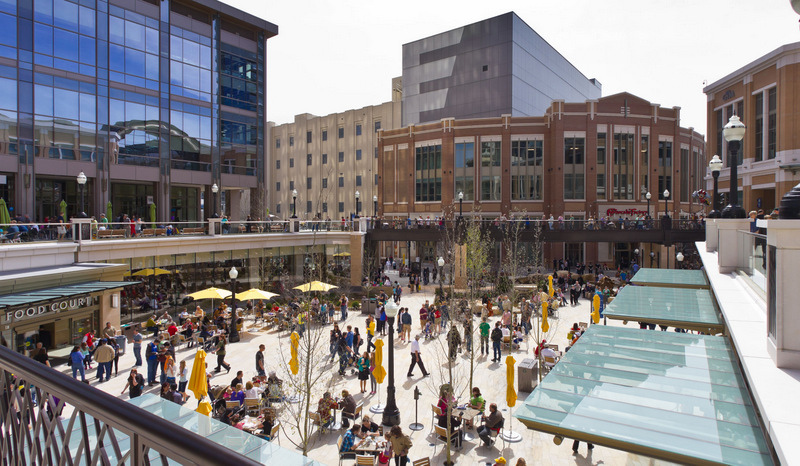Economic development benefits a community in a variety of ways. It expands the tax base, reduces the unemployment rate, brings essential needs closer to residents, and fosters the overall well-being of a community. Economic development is essential in the promotion of neighborhoods of opportunity, which are areas that provide access to daily necessities for residents. Transportation, jobs, retailers, and more are located near homes, allowing community members to stay in their neighborhood for most, if not all, of their needs.
Economic development offers investments in the neighborhood, with the hope that both the businesses and the community will benefit from the additions. Retailers provide employment, place stores closer to residents, and keep money in the community. New grocery stores, specifically, provide accessibility to healthy food options for a neighborhood. Companies – office and manufacturing types – that move or expand locations create jobs for area residents. Housing developments can diversify the housing market and expand the availability of homes in an area. The arts and entertainment sector can also contribute to a community by building an art gallery or theater. These types of developments foster a strong sense of place for community members and businesses, especially when the businesses are owned and managed by area residents.
New businesses bring attention to the community, which often facilitates other developments. A company that hires a large number of people might lead other parties to improve accessible transportation options. A redeveloped walkable district of a community that draws shoppers, diners, and theater-goers can increase tax revenue for the area, allowing for improvements in public works such as schools, parks, or streetscapes. Mixed-use spaces can anchor a specific district in a community. A development that includes retail on the ground level, housing on floors above, and a connected green space can improve a specific area of the community that needs to be revitalized.
In creating communities of opportunity, economic development can also lead to integrated neighborhoods. Because communities of opportunity are desirable places to live, all people want to live in these areas. Developing communities of opportunity fosters sustainable integration because it attracts people of all races and ethnicities to a neighborhood. Everyone wants the same things – good schools, ample transportation options, access to healthcare, strong civic leaders, and more – and neighborhoods of opportunity provide these amenities to residents.
Economic development and collaboration contribute to the creation of neighborhoods of opportunity and foster the development of sustainable integrated communities (see previous blog post for more insight into “collaboration”). Economic development helps strengthen businesses as well as the communities. Collaboration between invested players allows people of different backgrounds to work together.
A strong community of opportunity in which residents, business owners, municipality leaders, non-profit organizations, and employers desire to sustain a vibrant neighborhood closely resembles an integrated community. A system of integration is one in which multiple players love their community, are invested in it, and are committed to maintaining the aspects they love. Through the creation of neighborhoods of opportunity, integration can thrive, and these communities are better for all!
By Casey Griffith, Research and Outreach Coordinator
Photo by “Photo Dean”

